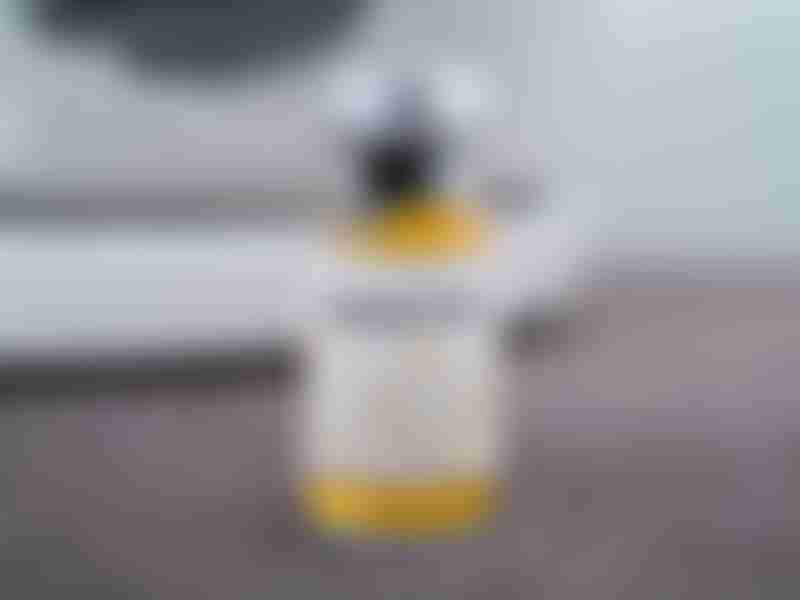Immunotherapeutic Drugs for Lung Cancer Treatment and How They Work

Source: Shutterstock
How does immunotherapy work?
Our native immune system knows the way to identify, label and initiate a fight against cancer cells. However, some cancer cells manage to evade the immune surveillance. The immune checkpoint inhibitors, commonly used in treating lung cancer, work by targeting these proteins in our immune system:
- PD-1
- PD-L1
- CTLA-4
Immune checkpoints
Let’s start with PD-1 and CTLA-4, the two immune checkpoints that act like brakes in slowing down and regulating the immune response. They are found on the surface of T cells for sensing different threats:
- PD-1 to pick up signals from tumor cells
- CTLA-4 to pick up signals from dendritic cells (cells that present tumor-derived antigens to other immune cells)
The dendritic cell is a type of immune cell. It captures and digests the cancer cells and presents parts of the digested cancer cells as antigen. Antigens on dendritic cells prompt the immune system to start attacking any harmful cells presenting the same antigens.
Cancer cells evade the immune surveillance by expressing high amounts of PD-1 or CTLA-4 binding partners. When bound to their partners, the braking effect of PD-1 and CTLA-4 is constant, thereby suppressing the immune system from killing the cancer cells (see image below).
Types of immunotherapeutic drugs used in lung cancer treatment
The drugs used in immunotherapy for lung cancer are mainly immune checkpoint inhibitors. Some drugs act on CTLA-4, while others inhibit PD-1 or its binding partner, PD-L1.

Angiogenesis inhibitor
Angiogenesis is the growth of new micro-blood vessels. The process is often promoted by a protein called vascular endothelial growth factor (VEGF). Normal cells produce VEGF but cancer cells produce excessive amounts of VEGF, which in turn, promotes tumor growth and metastasis (spreading).
Angiogenesis inhibitors, like Avastin® (bevacizumab), work by starving the tumor through blocking the blood supply and nutrients from reaching the tumor. Bevacizumab is a type of monoclonal antibody that selectively binds VEGF and blocks it from participating in the angiogenesis process.
Bevacizumab is an FDA-approved angiogenesis inhibitor that acts as a first-line treatment of advanced metastatic non-small cell lung cancer (NSCLC). It is often used in combination with immunotherapy, platinum-based chemotherapy or chemoimmunotherapy. By blocking new blood vessel formation and tumor-starving, chemotherapy or immune drugs can kill cancer cells more effectively.
Bevacizumab is frequently continued as maintenance therapy to increase overall survival and lengthen the time without cancer progression. It may be administered as a single agent maintenance without an accompanying chemotherapy drug. Another angiogenesis inhibitor recognized for use in advanced NSCLC is ramucirumab.
Administration of immunotherapy
All immunotherapeutic drugs used in lung cancer treatment are given via intravenous (IV) infusion or through the chemo port (if the patient has one). Different immunotherapies have different dosing cycles. Pembrolizumab, for example, is administered every three weeks, although other medications may have more complicated dosing cycles if taken with other therapies.
Doctors will prescribe appropriate remedies to mitigate the adverse effects of immunotherapeutic medications. However, depending on the severity of the toxicities, the therapy may be halted or discontinued.